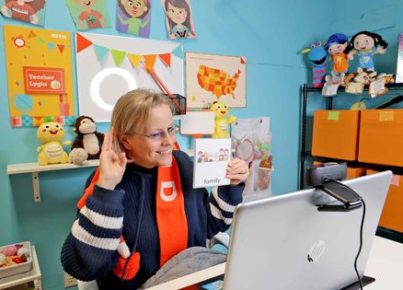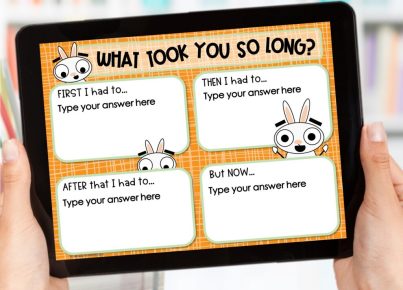In today’s increasingly digital world, teaching social and emotional learning (SEL) from a distance has become more important than ever. Remote education, often due to the global pandemic or other circumstances, necessitates innovative ways for teachers to effectively impart important life skills. This article will provide strategies and tips to adapt and teach SEL from a distance, ensuring that students continue their personal development no matter where their learning takes place.
1. Establish Routine and Structure:
Creating a predictable routine for your students can instill a sense of security and stability. Provide a clear outline of daily tasks, assignments, and expectations. This will help create an organized learning environment that promotes motivation, responsibility, and self-regulation.
2. Foster Student Collaboration:
Frequent opportunities for student collaboration can aid in maintaining social connections despite the distance. Utilize platforms with video conferencing capabilities such as Zoom or Google Meet to conduct group discussions, debates, or brainstorming sessions that promote teamwork and collective problem-solving.
3. Create Multiple Opportunities for Connection:
Prioritize regular check-ins with students beyond academic interactions. Encourage conversations about their mental health, emotional wellbeing, and any challenges they are facing due to remote learning or other factors. This will deepen the connection between you and your students while providing moments to identify any potential stressors or difficulties they might be encountering.
4. Adapt SEL-based Curriculum for Remote Learning:
Modify existing SEL lesson plans for online instruction by incorporating digital resources like instructional videos or virtual games that focus on social-emotional concepts. Consider integrating tools like Pear Deck or Nearpod to enhance student engagement during lessons.
5. Offer Emotional Support Through Mindfulness Practices:
Encourage your students to practice mindfulness exercises like deep breathing, guided imagery or focused attention as a means of relieving stress during the school day. You can start each lesson with a brief meditation exercise which can aid in fostering self-awareness and emotional regulation.
6. Implement Digital Citizenship Education:
Teaching and modeling appropriate online behavior, empathy, and respect can create a safe and supportive online learning environment. Discuss digital citizenship topics such as cyberbullying, privacy, and online safety to promote responsible digital usage and maintain the principles of SEL in a virtual landscape.
7. Engage Parents and Caregivers:
Maintaining open communication with parents and caregivers is crucial in providing ongoing support for students’ social-emotional growth beyond the virtual classroom. Regularly update them on their child’s progress, discuss any concerns, and share resources that can be used at home to reinforce the skills being taught during remote learning sessions.
In conclusion, teaching social-emotional learning from a distance involves adapting your existing strategies to ensure students continue developing in a virtual environment. Emphasizing routine, fostering connections, supporting emotional wellbeing, adapting the curriculum, promoting digital citizenship, and engaging parents can collectively cultivate a comprehensive approach to SEL that thrives despite geographic limitations.





